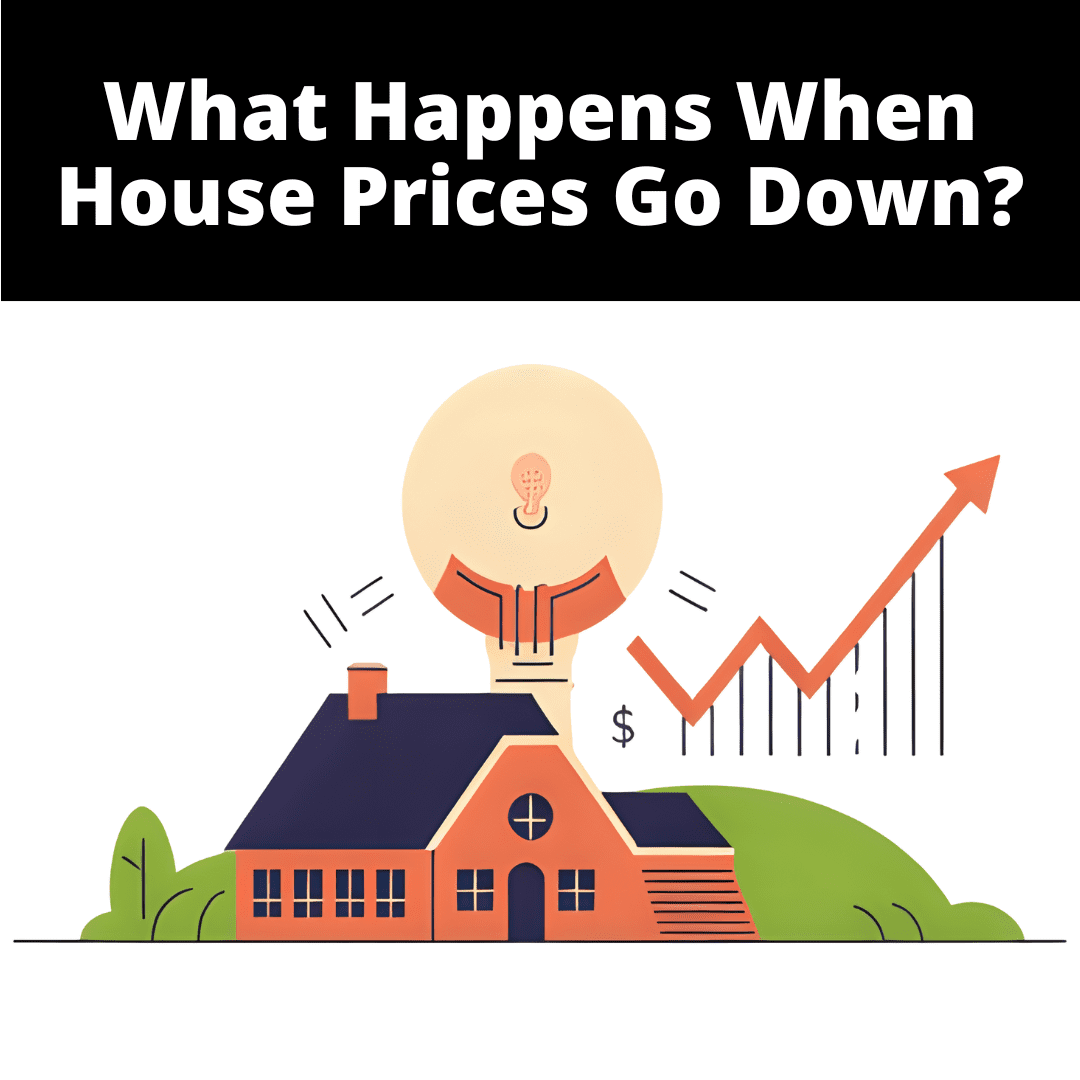Qualifying For A Reverse Mortgage – How Much Can I Get?
If you’re like many homeowners I talk to, you might be a bit confused as to how you qualify for a reverse mortgage and what exactly impacts how much you can get.
Reverse mortgages are advertised as ‘up to 55%’ but really this should be ‘10% to 55%’.
While income and credit score are less important there are other factors – particularly age – that impact how much you can get.
I’ll walk you through all the factors then give you some real-life examples and numbers to show you.
You can either watch the video below or read through the article – both of which cover qualifying for a reverse mortgage:
But First – What Exactly Is A Reverse Mortgage?
If you’re not sure about what exactly a reverse mortgage is, what’s involved and how it works – make sure and check out our reverse mortgage page – where you can also download our free reverse mortgage guide.
The 5 Key Criteria That Impact How Much You Qualify For:
There are 5 main criteria that impact how much reverse mortgage you qualify for
- Property Type (Condo, Townhouse, Freehold)
- Property Location
- Property Value
- Age & Sex (Most Limiting)
- Lender
I’ll walk you through all 5 of these in detail below in this article – as well as give you examples so you can see how much money you can expect to get based on your age and location. It’s important to note that age is definitely the most limiting factor of the 5.
Income & Credit Score
You may have noticed that income and credit score were not on the list. This is because there are much less important for a reverse mortgage than a traditional mortgage.
However, lenders will still look at these though and they will still gather verification information for these. This is because they are required to by the financial regulators.
The only time these can be an issue with income or credit score is that lenders want to make sure that you have enough income to pay property taxes & insurance.
The 5 Reverse Mortgage Qualification Factors Explained
1. Property Type
Freehold homes will qualify for the highest reverse mortgage amount – Townhouses and Condos usually will qualify for a reduced amount (although they are now starting to reduce this less).
For larger properties, only the first 5 to 10 acres will be included in the property value. This is because the reverse mortgage lender is only really looking at the principal residence (part of the property you live in) for a reverse mortgage – as they’re designed to help you keep living in your home.
Other property types – from leased homes to mobile homes – are assessed on a case by case basis and often don’t qualify at all.
2. Property Location
Homes in an active property market (where there a dozens of home sales every day) will qualify for more than homes in quieter housing markets
This is because ultimately selling the home is potentially how the lender will get their money back and they don’t want large amounts tied up in quieter or slower housing markets.
For this reason, the more urban and larger the town/city then the higher the qualifying amount you’re likely to get for a reverse mortgage.
3. Property Value
This will be assessed through an appraisal (the same as with any newly refinanced mortgage in Canada). I have a full article & video explaining how this works in detail – Appraisals & Your Initial Home Valuation For Reverse Mortgages
A lot of folks are disappointed in their appraisal values – this is fairly common.
Others are concerned about having an appraisal done, feeling their homes may not be clean enough…
I discuss this in much more detail in the article I linked to above, but it’s worth my pointing out that the inside of your home will have very little to do with an appraised value – so don’t be surprised if they don’t add on value for renovations you’ve done (they simply can’t value them this way). In addition to this, the state of inside of your home will almost never impact the appraisal value in a meaningful way.
Finally, as mentioned, appraised values are often lower than what you might sell the home for but higher than tax assessed values. This is very common – appraisals are almost by nature a conservative value of your home.
4. Age & Sex
The age of the youngest of the homeowners (or spouses if you’re married) is what will be used as the key qualification criteria for a reverse mortgage.
As I mentioned at the start of the article, age is the most limiting factor – lenders will lend smaller amounts to folks of a younger age and higher amounts to folks who are older.
The reason is that lenders don’t want you to run out of equity in your home over time. The longer you’ll need the reverse mortgage for, the longer you’ll be accruing interest (of course, the longer your home will have to grow in value too – so it’s a balancing act).
Remember that with a reverse mortgage you can never owe more than your home is worth. This means if your home was worth $500,000 and the reverse mortgage balance was $550,000 then the lender would take a $50,000 hit.
So – for this reason – lenders are a bit conservative with how they lend for younger applicants as they don’t want you to lose all the equity in your home either – this is a good thing for both you (the homeowner) and them.
Your sex also plays a small part with some lenders. Since females live longer on average than males, it will impact how much you qualify for – not drastically but a little bit.
5. Lenders
With there now being several lenders in Canada, you’ll find that some lenders will lend more in certain property locations than others.
In fact, some lenders will even lend more or less on different property types and ages too.
Other lenders won’t even lend in certain areas at all.
Generally speaking, all the lenders pay attention to what each of them are doing and they tend to stay within 5% of each other, although they can sometimes fall out of this range in special instances.
Some Real Life Examples & Numbers To Show You
The following table give you an idea of the range of amount you’ll be able to get – depending on your age – please note that these ranges and amounts apply to the age of the youngest homeowner or spouse if there are more than one:
| Age | Qualifying Amount |
|---|---|
| 55-59 | 10% to 30% |
| 60-64 | 12% to 36% |
| 65-69 | 17% to 41% |
| 70-74 | 20% to 46% |
| 75-79 | 24% to 53% |
| 80-84 | 31% to 55% |
| 85+ | 37% to 55% |
Where you fit in these ranges will depend on the lender, property type & location
Another way of looking at this, is to look at the mid point in each range – which would look like this (again these apply to the youngest homeowner or spouse if there are more than one):
| Age | Mid Point |
|---|---|
| 55-59 | 15% |
| 60-64 | 20% |
| 65-69 | 25% |
| 70-74 | 30% |
| 75-79 | 35% |
| 80-84 | 40% |
| 85+ | 50% |
You can see that for about every 5 years older you are, the mid point of the amount you qualify for moves another 5%
Remember these are the mid points and you may qualify for lower or higher amounts, per the first table above.
These amounts can also vary over time – as rates and the housing market change, these amounts can change too.
Summary – Reverse Mortgage Requirements & Qualifying
In this article I walked you through the key qualification criteria for a reverse mortgage: property type, location, appraised value, age/sex & lender.
These can also impact what rates you are offered too, as I outlined in this article on reverse mortgage rates.
In terms of the biggest limitations on how much you qualify for, age is the most important criteria and can vary as much as someone only qualifying for 15% who is 55 years old, to an 80 year old who qualifies for the full 55%
Qualification percentages can change over time and from lender to lender as well.
If you’re interested in getting a free reverse mortgage assessment – where I’ll see if a reverse mortgage is a good fit for you and match you to the lender who can give you the best deal, simply fill out my free online assessment form at: https://www.reversemortgagepros.ca/assessment/
And if you have any questions about anything in this article, feel free to leave a comment below.

A Canadian Chartered Accountant and licensed Mortgage Professional – creator of Reverse Mortgage Pros – the #1 reverse mortgage specialists in Canada. I make it my mission to educate Canadians about how reverse mortgages work so that you can make an informed and educated decision that’s right for you and your family.
Similar Articles

October 8, 2025
What Happens If House Prices Go Down?
One of the key concepts behind how a reverse mortgage works is that your home will increase in value over time – helping to offset the interest that accumulates on the loan. But what if that doesn’t happen? What if house prices don’t go up… or worse, what if they go down? This is something… Continue Reading What Happens If House Prices Go Down?
Read More >

Breaking A Reverse Mortgage – Switching Lender, Refinancing Or Paying It Off
For existing reverse mortgage holders – or anyone considering a reverse mortgage who wants to plan for future issues – the subject of breaking a reverse mortgage is an important one. By ‘breaking a reverse mortgage’ I mean switching it (to another lender), refinancing it (for example, increasing the amount being borrowed) or paying it… Continue Reading Breaking A Reverse Mortgage – Switching Lender, Refinancing Or Paying It Off
Read More >

Examining The Bad Reputation Of Reverse Mortgages
There are many people out there who do not believe in Reverse Mortgages in Canada. I used to be one of them. Then I learned more about the product and now I can see it can and has benefited many people. And yes, of course, there are people who a reverse mortgage is not right… Continue Reading Examining The Bad Reputation Of Reverse Mortgages
Read More >
